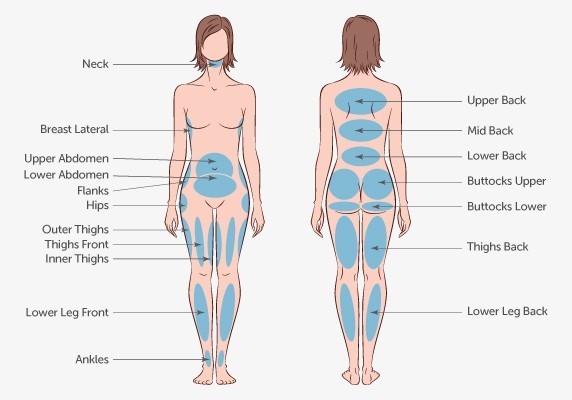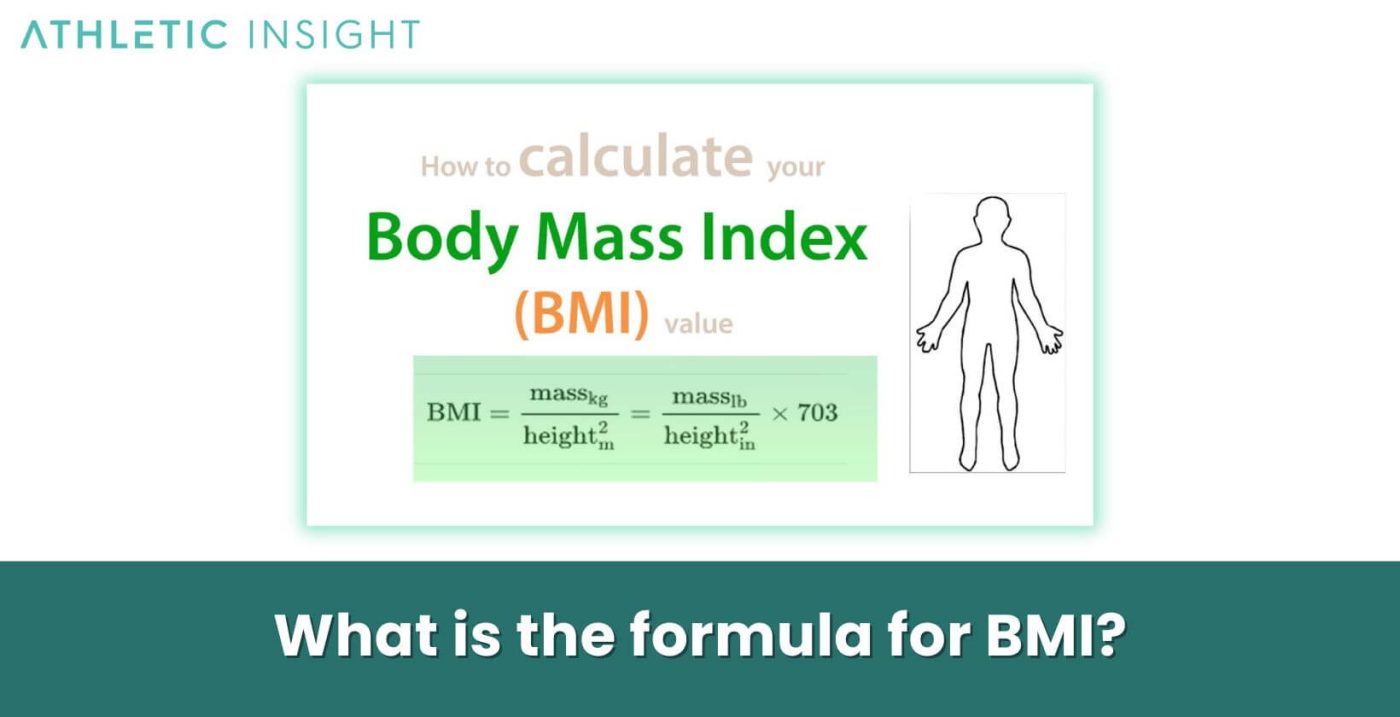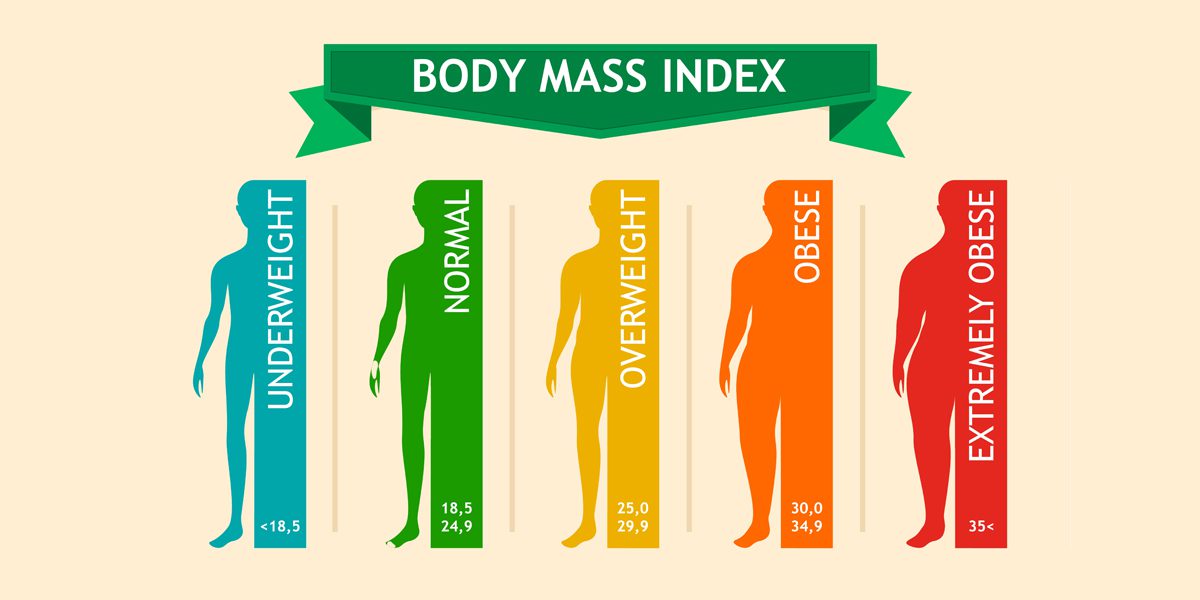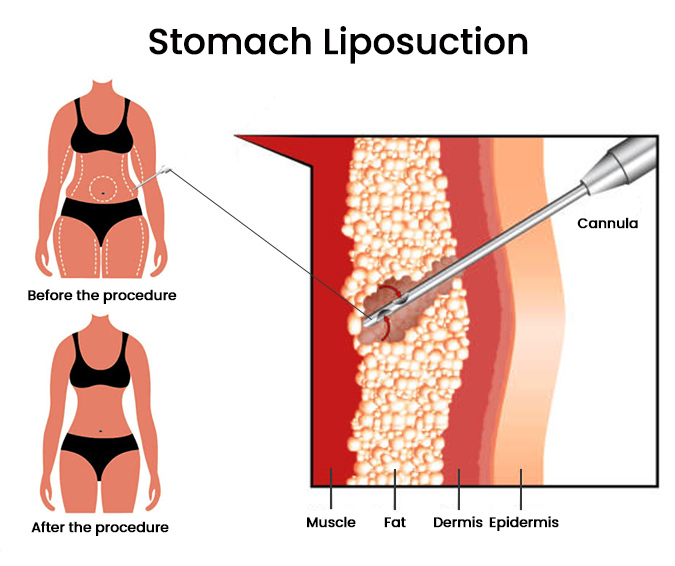What is liposuction in Iran
Liposuction in Iran is a cosmetic surgical procedure that aims to remove excess fat from specific parts of the body to improve their shape and contour. It is not a weight-loss solution but rather a body contouring method.
Here are some key points about liposuction in Iran :
Types of Liposuction:
– Tumescent Liposuction: A solution is injected into the fatty areas before the fat is removed, which numbs the area and reduces blood loss.
– Ultrasound-Assisted Liposuction (UAL): Ultrasound is used to liquefy the fat, making it easier to remove.
– Laser-Assisted Liposuction (LAL): Laser technology is used to liquefy the fat.
– Power-Assisted Liposuction (PAL): A tool is used that enhances the motion of the cannula used to remove the fat.
If you want to operate in Tehran, Dr Hessami, click the button below and follow the steps
Start your therapeutic journey
If you want to operate in Tehran, Dr Hessami, click the button below and follow the stepsStart your therapeutic journey
Risks and Complications:
As with any surgical procedure, liposuction in Iran carries certain risks, such as:
– Infection
– Bleeding
– Reaction to anesthesia
– Blood clots
– Pain and bruising
– Swelling
– Irregular contours or asymmetries
Before the Procedure:
Prior to undergoing liposuction in Iran , you should:
– Have a comprehensive medical evaluation.
– Discuss your goals and reasons for wanting the procedure with your surgeon.
– Stop smoking if you smoke, as smoking can affect healing.
– Avoid taking certain medications before surgery as advised by your doctor.
After the Procedure:
After liposuction in Iran , you may need to:
– Wear compression garments for a specified period.
– Take antibiotics to prevent infection.
– Avoid strenuous physical activity for several weeks.
– Attend follow-up appointments with your surgeon.
Results:
– The results can be long-lasting, provided that you maintain a stable weight.
– Results may not be immediately visible due to swelling.
It’s crucial to discuss all the details and expectations with a board-certified plastic surgeon before undergoing the procedure to determine whether liposuction is the right option for you and to understand all aspects related to this surgery.
Liposuction in Iran is a type of cosmetic surgery that breaks up and “sucks” fat from the body. It is typically used on areas of the body where deposits of fat tend to accumulate, such as the:
– Abdomen
– Thighs
– Buttocks
– Back
– Arms
– Neck
The procedure is done using a hollow instrument, known as a cannula, which is inserted under the skin. A powerful, high-pressure vacuum is then applied to the cannula to dislodge and remove fat cells.
It’s important to note that liposuction in Iran is not a weight-loss tool but a cosmetic procedure with subtle effects. It does not remove cellulite or stretch marks. It’s typically performed on patients who are near their ideal weight but have stubborn, localized fat deposits that are resistant to diet and exercise.
Liposuction in Iran can have serious or even life-threatening complications and it’s important to discuss these with your doctor if you’re considering the procedure. Potential risks include infection, scarring, contour irregularities, and in rare cases, complications related to anesthesia.
Before considering liposuction, it’s recommended to try lifestyle changes such as diet and exercise for weight loss. If you’re still considering liposuction after that, it’s crucial to find a qualified professional who can explain the procedure and its risks in detail.

Expect from liposuction in Iran
Liposuction in Iran is a surgical procedure, and like any surgery, it comes with certain expectations and potential outcomes. Here’s what you can generally expect:
Before the Procedure:
1. Consultation: You’ll have a consultation with a surgeon to discuss your goals, the options, the risks and benefits, and the costs. Your surgeon will also do a physical exam to determine if you’re a good candidate.
2. Preparation: You’ll receive instructions on how to prepare for the surgery. You might need to stop taking certain medications or adjust your current medication regimen.
During the Procedure:
1. Anesthesia: The procedure will be performed under general anesthesia or local anesthesia, depending on the extent of the liposuction.
2. Incisions and Fat Removal: Small incisions are made in the skin, a fluid is usually injected to reduce bleeding and trauma, and then a cannula is inserted to break up and suction out fat.
After the Procedure:
1. Recovery: Depending on the extent of the liposuction, you might go home on the same day after a few hours of observation, or you might need to stay at the hospital overnight. You’ll have bruising, swelling, and soreness for at least a few weeks.
2. Compression Garment: You’ll need to wear a compression garment for 1 to 2 months to control swelling and help your skin adjust to the new contours.
3. Follow-Up Appointments: You’ll have follow-up appointments with your surgeon to track your progress and ensure a smooth recovery.
Results:
1. Long-Term Results: Final results may not be noticeable until swelling has completely subsided, which could take several months. The fat cells that are removed by liposuction do not grow back. If you gain weight after liposuction, it usually will not concentrate in the area that was treated. However, liposuction will not prevent you from gaining weight, so a healthy diet and regular exercise are important to maintain your results.
2. Scarring: There will be small scars where the cannula was inserted. These are usually small and fade over time but will not completely disappear.
Risks and Complications:
Like all surgical procedures, liposuction carries some risks. These can include infection, bleeding, reaction to anesthesia, changes in skin sensation, damage to underlying structures, poor wound healing, unsightly scars, and dissatisfaction with the cosmetic results. In rare cases, life-threatening complications can occur.
Remember, it’s crucial to have a thorough discussion with your surgeon about your expectations and potential risks before deciding to undergo liposuction.
Different liposuction techniques
Liposuction techniques have evolved a lot since the procedure was first introduced. Here are a few of the most common techniques used today:
1. Tumescent Liposuction:
This is the most common type of liposuction. The surgeon injects a sterile solution—a mixture of salt water, which aids fat removal, anesthetic for pain relief, and a drug that contracts the blood vessels—into the area that’s being treated. The fluid mixture causes the area to swell and stiffen. The surgeon then makes small cuts into your skin and inserts a thin tube called a cannula under your skin and moves it around to break up the fat before it is suctioned out.
2. Ultrasound-Assisted Liposuction (UAL):
This technique uses ultrasound to liquefy the fat, which makes it easier to remove. This technique may be particularly helpful in removing fat from the upper abdomen, sides, and back.
3. Laser-Assisted Liposuction (LAL):
This technique uses low-energy waves to liquefy the fat, which is then removed through a small cannula.
4. Power-Assisted Liposuction (PAL):
This technique uses a cannula that moves in a rapid back-and-forth motion. This vibration allows the surgeon to pull out tough fat more easily. PAL may sometimes cause less pain and swelling and can allow the surgeon to remove fat with more precision.
5. Radio Frequency-Assisted Liposuction (RFAL):
In this technique, radio frequency energy is used to heat the fat and tighten the skin before the fat is removed.
6. Water Jet-Assisted Liposuction (WAL):
This technique uses a slightly pressurized stream of saline to dislodge fat and simultaneously remove the cells. Instead of destroying fat cells, this type of liposuction loosens the cells to facilitate more gentle removal.
Each of these techniques has its own advantages and potential risks. The best technique for you would depend on your specific needs, the area being treated, and the surgeon’s expertise. It’s important to have a thorough discussion with your surgeon to understand which technique would be most suitable for you.
THE PRICE OF LIPOSUCTION IN IRAN IS 2024
(cost of liposuction of abdomen, back and side)
- The cost of liposuction surgery in Iran is between 1800 and 3000 euros
- Usually one night stay in the hospital is considered
- If you are not a resident of Tehran, the duration of stay is 7 days
360 degree liposuction surgery cost in Tehran |
2100 euros |
including surgeon + hospital fee | |
| Other costs related to liposuction surgery in Tehran | |||
| Cost of blood test | Between 10 and 15 euros | The difference depends on the type of blood test | |
| The cost of consultation with a cardiologist | Between 20 and 40 euros | For people over 40 or heart patients | |
| The price of a special gun | Between 50 and 100 euros | The price difference depends on the brand and model of the gun | |
| The price of a special pillow after fat injection to the buttocks | Between 10 and 20 euros | If you have buttock fat injection | |
| The cost of medicine and other health items | Between 10 and 20 euros | ||
| Cost of liposuction plastic surgery – optional | |||
| Cost of massage after surgery | 15 euros | Two massage sessions are recommended | |
| Nurse fee (per night) | 30 euros | If you are traveling alone | |
| The cost of changing the dressing by the nurse | 15 euros | ||
Attention:
- If you have an underlying disease or medication, let us know
- If you have previously had abdominal liposuction or abdominoplasty, the cost of the surgery will increase slightly.
- Let us know if you have anemia or other blood disorders
Who are candidates for liposuction in Iran
Liposuction in Iran is a type of cosmetic surgery that can help sculpt the body by removing unwanted fat from specific areas, such as the abdomen, hips, buttocks, thighs, knees, upper arms, chin, cheeks, and neck. However, it’s important to understand that liposuction is not a weight-loss method or an alternative to exercise and a healthy diet.
Ideal candidates for liposuction in Iran typically include individuals who:
1. Are in Good General Health: Liposuction is a surgical procedure, and patients need to be healthy enough to undergo surgery. This means they should not have any serious medical conditions that could increase the risk of complications during or after the procedure.
2. Are Within 30% of Their Ideal Weight: Liposuction is best suited for individuals who are near their ideal weight but have some specific areas of fat that they have not been able to get rid of through diet and exercise.
3. Have Firm, Elastic Skin: The best results are achieved in individuals whose skin has enough elasticity to shrink back after the fat is removed. If the skin is too loose or inelastic, it may not reshape well to the new contours, and additional procedures may be necessary to tighten up the skin.
4. Do Not Smoke: Smoking can complicate both the surgery and the recovery process. Most surgeons will require patients to stop smoking well in advance of the procedure.
5. Have Realistic Expectations: Liposuction can improve the shape and contours of your body, but it’s not magic. It’s important to understand what the procedure can and can’t do. For instance, liposuction won’t eliminate cellulite or loose skin.
Remember, the decision to have liposuction should be made in consultation with a qualified plastic surgeon who can evaluate your individual situation and advise you accordingly.
Liposuction in Iran procedure
Liposuction in Iran is a surgical procedure that removes excess fat deposits to improve body contours and proportion. Here’s a general overview of what the procedure might involve, although specific practices can vary:
1. Consultation: Prior to the procedure, you’ll meet with your surgeon for a consultation. During this meeting, you’ll discuss your goals for the procedure, and the surgeon will explain the process, risks, and recovery.
2. Preparation: Before the operation, you’ll receive instructions on what to do in preparation for surgery. This may include guidelines on eating, drinking, and medication use.
3. Anesthesia: Liposuction can be performed under local anesthesia (the area being operated on is numbed and you remain awake), sedation (you’re awake but relaxed and insensitive to pain), or general anesthesia (you’re completely unconscious). The best choice depends on the specifics of the procedure and your overall health.
4. The Procedure: The surgeon makes a small incision and injects a sterile liquid solution into the area where the fat is to be removed. This solution typically contains a local anesthetic for pain control and a medication to reduce bleeding. Then, a thin tube called a cannula is inserted through these incisions to loosen excess fat using a controlled back and forth motion. The dislodged fat is then suctioned out of the body using a surgical vacuum or syringe attached to the cannula.
5. End of Procedure: After the fat has been suctioned out, the incisions may be closed with stitches. You may also have a drain placed in the incisions to help remove fluid.
6. Recovery: You’ll likely be allowed to go home after the procedure, unless you’re in a hospital for other reasons. You may have to wear a compression garment to help reduce swelling and support the treated area as it heals. You’ll also be given specific post-operative instructions and may receive medications or prescriptions for pain and antibiotics to prevent infection.
7. Follow-Up: You’ll have a follow-up visit with your surgeon to remove stitches and check on your recovery.
It’s important to remember that the specifics of the procedure can vary greatly depending on the individual patient and the surgeon’s practices. Always consult with a qualified healthcare provider for a full understanding of what the procedure will entail for you.
Prepare for liposuction in Iran
Preparing for a liposuction procedure involves several steps to ensure your safety and the success of the operation. Here are some general steps you may need to follow:
Medical Preparation:
1. Health Evaluation: Your surgeon will evaluate your health status, discuss your surgical goals, and go over the risks and benefits of the procedure. You may need to get lab testing or a medical evaluation.
2. Medication Review: Inform your surgeon of any medications, vitamins, or supplements you are taking. You may be asked to stop taking certain medications for a period before and after the surgery. This often includes aspirin, anti-inflammatory drugs, and herbal supplements, which can increase bleeding.
Lifestyle Preparation:
1. Quit Smoking: If you smoke, you’ll need to stop for a period before and after surgery. Smoking can increase the risk of complications and hinder healing.
2. Alcohol Restriction: You may be advised to limit alcohol consumption prior to surgery, as it can interfere with anesthesia and potentially increase bleeding risk.
3. Hydration: Staying well-hydrated before and after the operation is important for safe recovery.
4. Weight: Ideally, you should be at a stable weight for at least several months before undergoing liposuction in Iran .
Practical Preparation:
1. Arrange for Help: You’ll need someone to drive you to and from surgery and to stay with you for at least the first night following surgery.
2. Prepare Your Home: You might want to arrange your home to make your recovery easier. For example, you might place items you frequently use at waist level to avoid bending over.
3. Clothing: Have loose, comfortable clothing (preferably button-down shirts or tops that don’t go over your head) and a pair of slip-on shoes ready for the day of the surgery.
4. Post-Op Necessities: Fill prescriptions for pain medication and antibiotics before your surgery so they’re ready when you need them.
Remember, these are general guidelines. Always follow the specific instructions given by your healthcare provider. If you have any questions or concerns, don’t hesitate to discuss them with your doctor.

Recovery After liposuction in Iran
Recovery after liposuction can vary depending on the extent of the procedure, the areas treated, and individual healing rates. However, here’s a general timeline and what you might expect:
Immediately After Surgery:
– You may wake up in a recovery room where medical staff can monitor you as the anesthesia wears off. Depending on the extent of the liposuction, you may be able to go home on the same day.
– You’ll likely be fitted with a compression garment or elastic bandages to cover the treated areas. These help to control swelling and compress the skin to your new body contours.
First Few Days:
– Expect some pain, swelling, and bruising, which should peak within 1-2 days. Your surgeon will likely prescribe medication to help manage the pain.
– You might also experience numbness in the treated area, which typically diminishes within a few weeks.
– Depending on your job, you might be able to return to work within a few days to a week.
– You may have to wear the compression garment continuously for the first week or two.
First Few Weeks:
– Swelling usually starts to decrease within a week or two after your procedure, but it may take as long as a few months before the final results are apparent.
– Most stitches (if used and not absorbable) will be removed within the first week to 10 days, but swelling and bruising can persist for several weeks.
– You’ll likely be able to return to most normal activities within a week or two and start exercise within four weeks.
Long-term:
– The final results of liposuction in Iran may not be apparent until 3 to 6 months after the procedure.
– It’s important to maintain a healthy lifestyle, including proper diet and exercise, to enjoy the full long-term benefits of liposuction in Iran .
– Regular follow-ups with your surgeon will be scheduled to monitor your progress and recovery.
Remember, everyone’s recovery process is different, and it’s important to follow your surgeon’s post-operative instructions closely to ensure the best possible result. If you experience severe pain or any unexpected symptoms, contact your healthcare provider immediately.
What is body mass index BMI?
Body Mass Index (BMI) is a numerical value of your weight in relation to your height. It’s a widely used tool to categorize individuals into different weight categories, which can give an indication of whether a person has a healthy weight for their height. It’s important to note that BMI is an estimate and does not directly measure body fat or account for muscle mass, bone density, overall body composition, and racial and sex differences.
BMI is calculated using the following formulas:
For metric units:
[ text{BMI} = frac{text{weight in kilograms}}{(text{height in meters})^2} ]
For imperial units:
[ text{BMI} = frac{text{weight in pounds}}{(text{height in inches})^2} times 703 ]

Based on the calculated BMI, adults can be categorized as follows:
– **Underweight**: BMI is less than 18.5
– **Normal weight**: BMI is 18.5 to 24.9
– **Overweight**: BMI is 25 to 29.9
– **Obese**: BMI is 30 or more
These categories are general guidelines and may not apply perfectly to everyone; for example, someone with a lot of muscle mass, like an athlete, may have a high BMI but not have excess body fat. Conversely, someone with a low BMI might still have high levels of body fat. It’s also not advisable to use BMI as the sole measure of health. Instead, it should be considered along with other assessments for a more comprehensive understanding of an individual’s health status.

Liposuction is not suitable for anyone
Liposuction is not suitable for everyone, and there are specific criteria that may exclude certain individuals from being good candidates for this procedure. Here are some criteria that might determine unsuitability for liposuction in Iran :
1. Non-ideal Candidates: Individuals who have a BMI of 30 or higher might not see the desired results, as liposuction in Iran is not a weight loss method but rather a body contouring procedure.
2. Health Conditions: People with certain health issues, such as heart disease, diabetes, blood clotting disorders, or compromised immune systems, may face increased risks during and after the surgery.
3. Skin Elasticity: Those with poor skin tone and elasticity may end up with loose, sagging skin after the fat beneath is removed, as liposuction does not significantly improve skin quality.
4. Age: As skin elasticity diminishes with age, older patients may not achieve the same results as younger individuals.
5. Smokers: Smoking can impair healing and increase the risk of complications during and after surgery. Patients are generally advised to quit smoking well in advance of the procedure.
6. Unrealistic Expectations: It is crucial for patients to have realistic expectations about what liposuction can achieve. liposuction in Iran is not a means for major weight loss, and it won’t correct lifestyle issues that may contribute to weight gain.
7. Weight Stability: Ideal candidates for liposuction are those who have already adopted a healthy lifestyle and have a stable weight, as weight gain after the procedure can alter results.
8. Mental Health: Individuals with mental health disorders that affect body image may not be suitable candidates until those conditions are well-managed, as liposuction in Iran does not address underlying body image issues.
It’s important for someone considering liposuction in Iran to consult with a qualified plastic surgeon to discuss their health, expectations, and potential risks and benefits of the procedure. The surgeon can help determine if liposuction in Iran is a suitable option for them or if there might be alternative treatments that are more appropriate.

